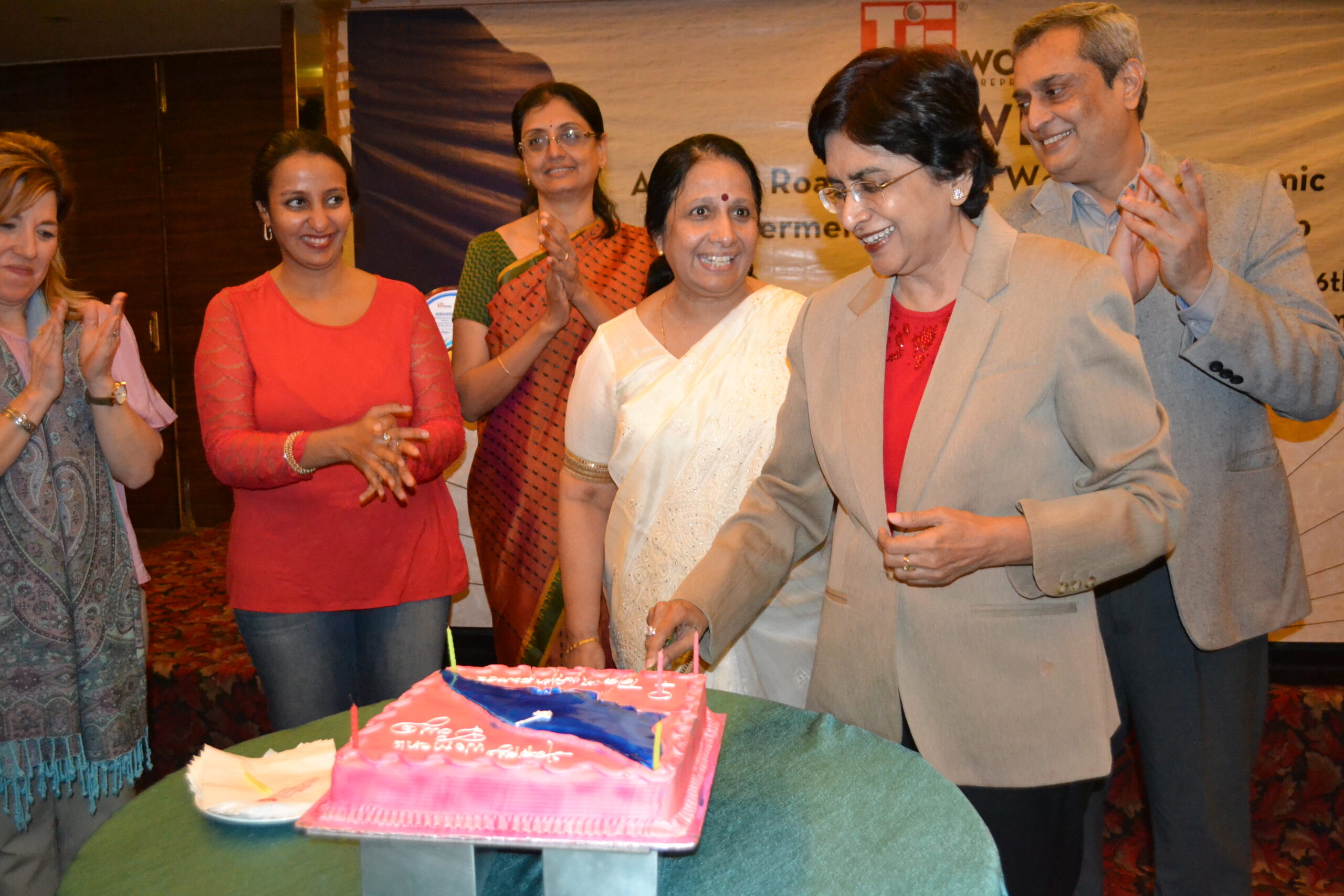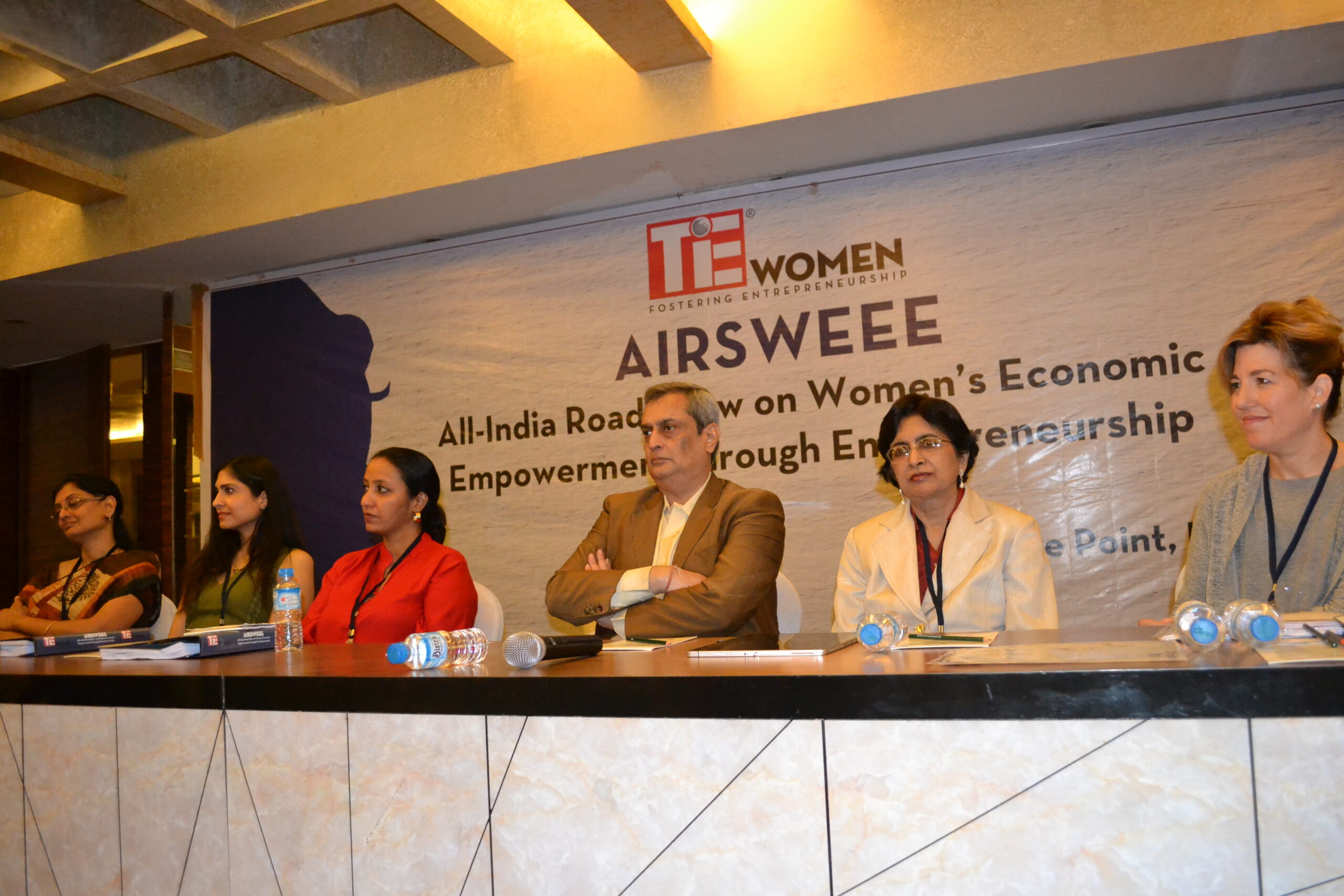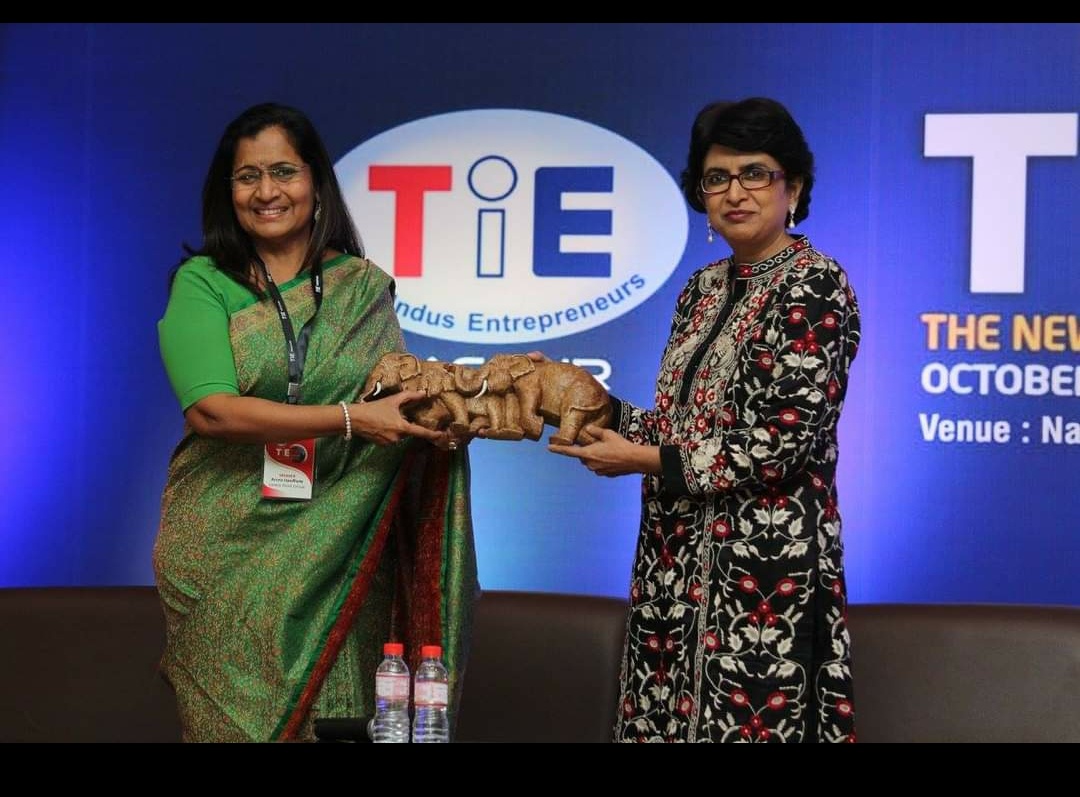|
The trouble with the company was that instead of maturing with age, it was declining in its internal work ethic even as it was turning fifty years old soon. It needed a strong dose of enthusiasm, which was sadly missing. On the contrary, most employees felt that they had no responsibility towards the company, and they were there only to collect their monthly salaries. In simpler words, the company was passing through a leadership failure and crisis. Therefore, despite a fairly stable market, the sales were dipping almost without much reason.
It was at this juncture that the Board brought in a new CEO, a woman of substance. She had worked in similar positions elsewhere and had an excellent track record. A person of a small build, Vasundhara was a no-nonsense person and did not appreciate slackness in workplace. However, in the first few weeks, she noticed a strange situation — senior staffers were hardly interested in helping junior ones, and even discouraged them from diligent working.
That was the reason the atmosphere lacked enthusiasm, she felt, and set out to change things. The first change Vasundhara introduced was to form small work teams of five each led by one senior employee. This senior person was responsible for good productivity of his team. The new CEO also introduced a system of incentives and rewards for good performance. The leader got a separate award, too.
This made some difference. For, in just a couple of months, overall productivity went up, and that reflected in the quarterly results that showed a more than modest profit after a long time.
Such stories abound in the corporate world. In many places, lack of enthusiasm of the seniors reflects badly on the junior workforce whose work ethic gets disturbed. For, when the seniors do not work with enthusiasm, the juniors, too, catch the bug.
New CEO Vasundhara was quick to recognise and identify the problem and did not waste time in only exhorting people. All she did was to put in action a work-plan aided suitably with incentives and awards.
However, each time, such approach may not bring the desired result. For, when the leadership fails to pep up the workforce, no incentives and awards operate properly. For, what is in witness in some situations is that the workforce develops certain cynicism and does not respond favourably even to system of incentives. What is actually needed in such situations is an actual participation of the highest levels of leadership in actual working almost on a daily basis at least for some time.
For, when that happens, the leaders get to know the actual issues that dog a workforce. Then, they are in a better position to help the organisation by devising smarter strategies.
Unfortunately, this realisation does not hit most organisations. The leadership is generally not given to giving up its high perch, even though only for a short time. But, the easiest way out of such situations is for the leadership to correct its own course. That makes all the difference.
|









